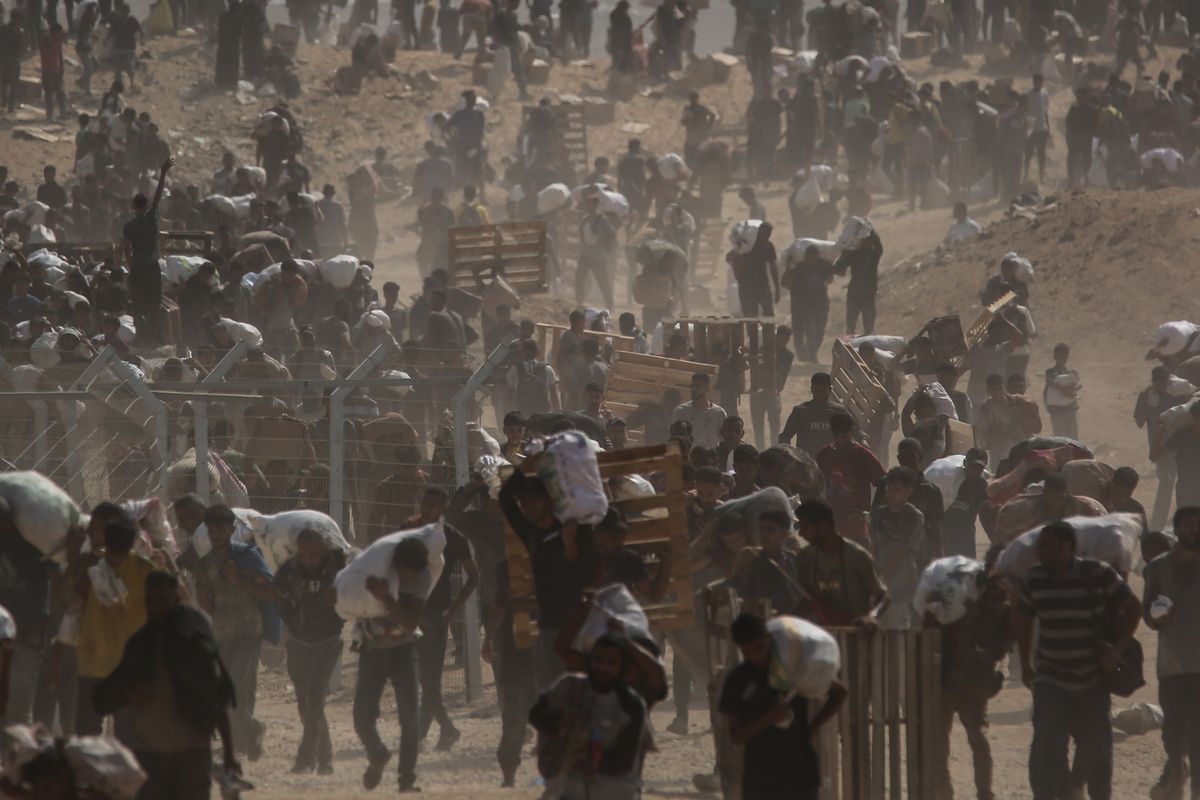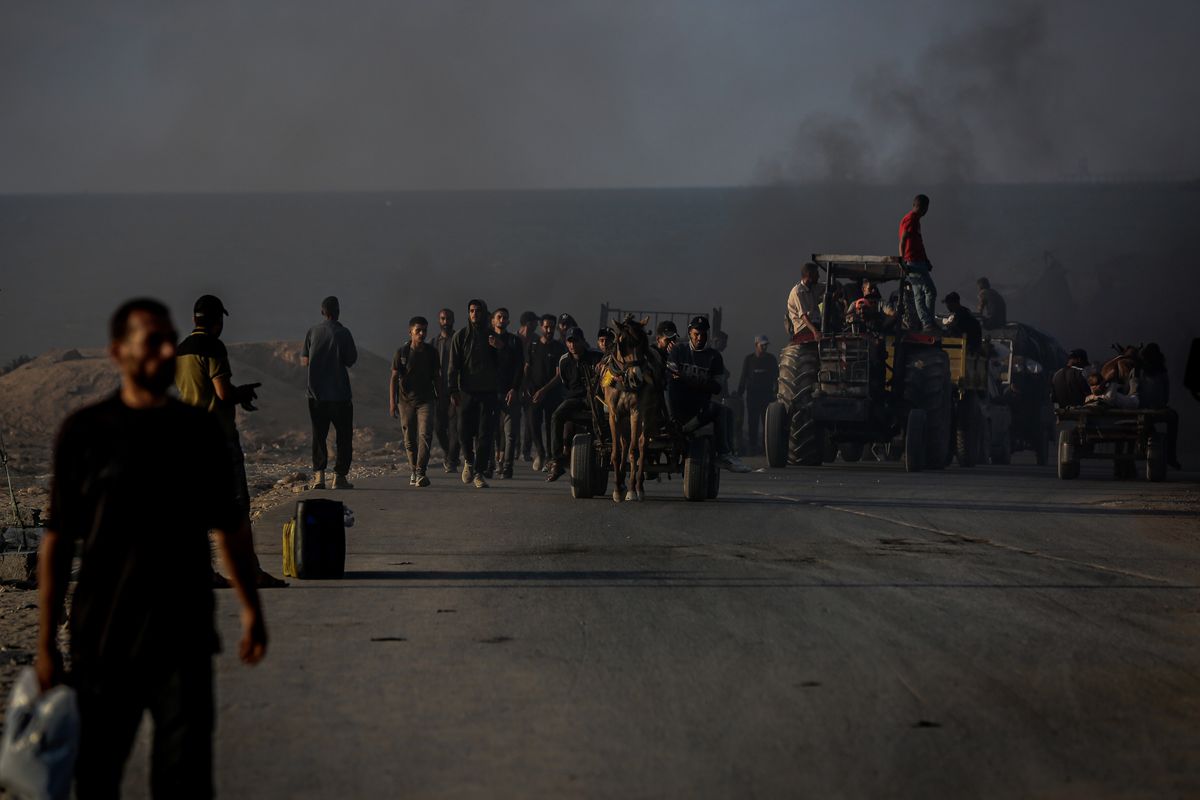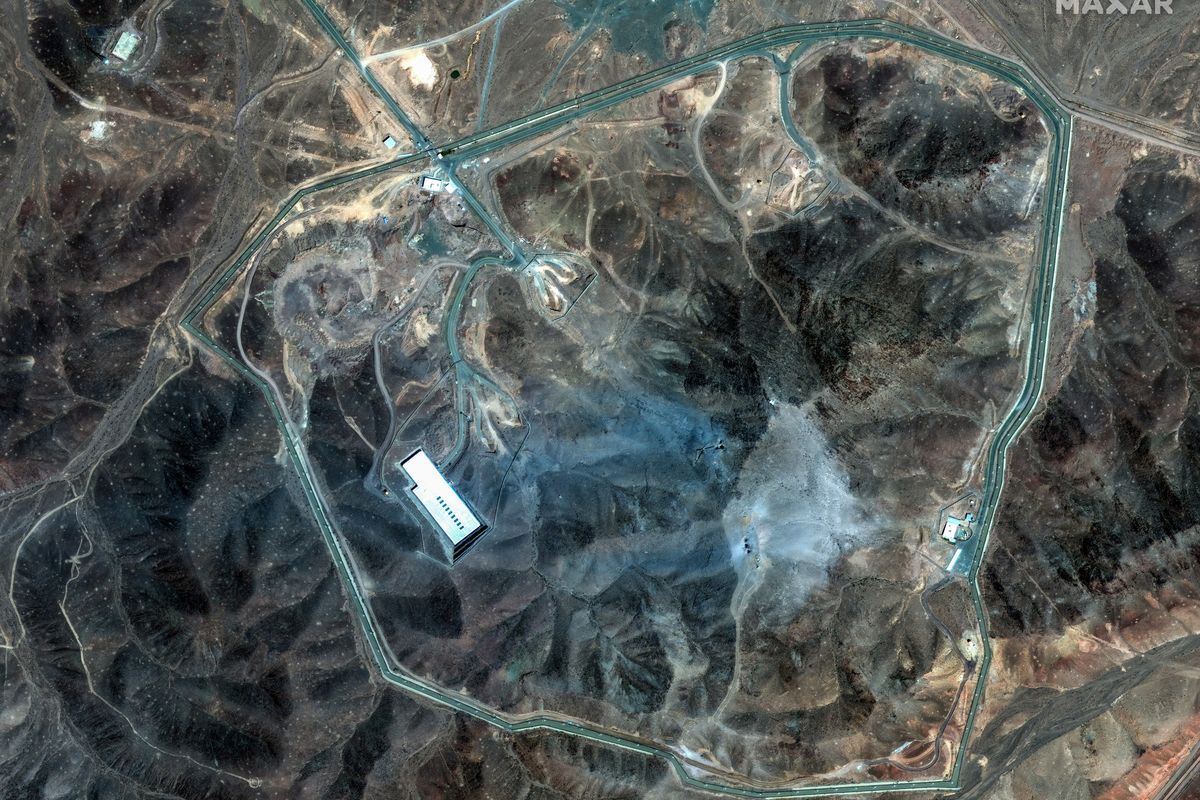“Do you see the cornered cat?
With its tiny claws, it tears out the eyes of a leopard”
—Sa’adi of Shiraz, 13th Century
The last three years have brought some remarkable shifts in Iran’s political landscape: the departure of president Mahmoud Ahmadinejad and his outrageous proclamations; a new Iranian president (Hassan Rouhani) with a novel vocabulary of “win-win” outcomes; a nuclear agreement (the JCPOA) between Iran and the P5+1 group following years of stalemated talks; unprecedented contacts between American and Iranian officials; and Iranian voters in 2013 and 2016 elections determined to make their voices heard even in a setting of limited democracy.
Iran remains torn among competing factions, ambitious individuals, and different visions of politics and society. In 1979, Iranians staged a revolution aimed at making them masters in their own house after centuries of real and perceived humiliation by foreigners. The question still unanswered is: who will be the master and in what kind of house? Thirty-seven years ago an Iranian train went into a tunnel, and has yet to emerge. In the interim, the crew and the passengers still argue about its future, its speed and its direction.
Looking at Iran in 2016, we see the following:
- The 30-member elite men’s club of senior clerics who have held power continuously for 37 years is aging and dying. Its surviving members are waging a desperate struggle to keep power and privileges. The most recent departure, on March 4, 2016, was Abbas Vaez-e-Tabasi, who had ruled the rich and vast northeastern province of Khorasan as a personal fiefdom since 1979.
- Iranian society at large is increasingly dynamic, well-educated, and politically savvy. Policies of the Islamic Republic have unintentionally created large numbers of people for whom the answers and slogans of the past no longer provide answers.
- Survival remains a priority for the ruling elite. After 37 years in power, they have come to enjoy their palaces, offices, and chauffeur-driven cars. The alternatives of prison, exile, or obscurity are most unattractive. To stay in power, those at the top will do what they see as necessary, whether enforcing brutal repression of opponents or making pragmatic shifts in Iran’s relations with the outside world.
- There is low-level guerilla warfare between the rulers and the country’s intelligentsia. Historically the Islamic Republic has maintained a difficult relationship with its educated population. Lawyers, journalists, film-makers, women’s rights activists, writers, academics, and others are harassed as the authorities swing between tolerance and crackdown.
- The Iranian economy continues a poor performance. With its natural resources and its well-educated population, Iran should be a paradise. It is clearly not. Although authorities have attempted to blame foreign sanctions for the poor economy, problems of corruption, mismanagement, and failure to invest carry much of the blame.
- The division between the republican and the Islamic in the Islamic Republic remains sharp. Elected presidents and MPs and their cabinets come and go; the unelected officials of the security and judiciary continue to exercise their powers with few legal restraints, and will, from time to time, remind their elected colleagues who is really the boss.
Many Iranians, whatever their political views, do not enjoy seeing their country isolated and treated like Sudan or Qaddhafi’s Libya. Their self-esteem demands that Iran somehow work its way back into the international game as a player worth attention. Doing so, however, will require some difficult decisions. It will mean not lashing out at every setback, and not, for example, setting mobs against foreign missions in Tehran while the authorities appear helpless. It will mean toning down anti-Saudi and anti-Israeli rhetoric, not because Iran will be friends with Riyadh or Tel Aviv, but because it wants to be listened to.
In the next five-to-ten years, Iran will have to achieve a balance between its often overblown rhetoric and the realities of its situation. Whatever it would like to be in the region, the reality is that Iran – by reasons of history, language, and religion – remains apart from its Arab, Turkish, and Sunni neighbors. Add to these factors the unskilled diplomacy that has left the Islamic Republic with few friends, and Iran becomes a very poor candidate for regional “hegemon” or anything else.
Inside Iran the debates will continue. The circle of the khodi (insiders) will wage a losing struggle against the demands of the gheir-e-khodi (outsiders) who are no longer willing to be an on-demand cheering section. The gap will continue to grow between a repressive state and a well-educated, creative society. At some point — probably within the next five years — the difference between the two will become unsustainable. The February 2016 elections for the Assembly of Experts has clearly shown many Iranians have little use for the anachronistic relics they call the “JIM” triangle – the aged and ultra-conservative clerics Jannati, Yazdi, and Mesbah-Yazdi.
The dangers in the next five years lie not in the over-reaching of strong Iran, but in the desperation of a weak and cornered Iran. All should heed Sa’adi’s wise council to beware the cornered cat: scrawny it may be, but when it lashes out its claws can still inflict damage.












